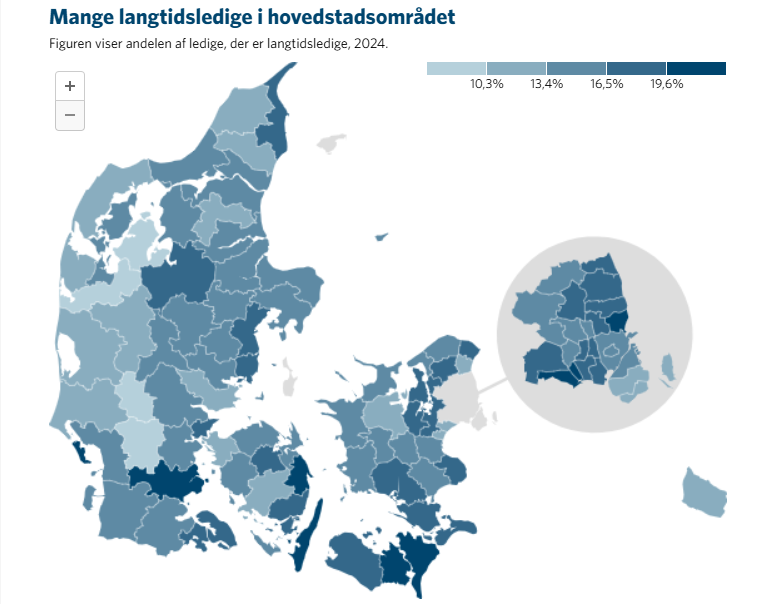The culture authorities Kulturstyrelsen initially though it was a joke, but after the chuckles had subsided, they realised that Viborg Museum's application to use moles in an archaeological project was in fact legitimate and rather ingenious. So they approved it.
The museum has since used the burrow-digging moles to gather important information from the earth at a historic mound by analysing the dirt piles that the moles leave behind while burrowing.
”We are always fans of new methods of investigating historic times without destroying them,” Jørgen Frandsen, a Kulturstyrelsen consultant told Politiken newspaper.
The burrowing mammals have contributed to the project south of Viborg where archaeologists believe the remains of a fort from the Middle Ages lie hidden beneath the surface.
READ MORE: Archaeologists unearth ancient flint axe near Rødbyhavn
'Moleology' works
Jesper Hjermind, the Viborg Museum inspector and archaeologist specialising in the Middle Ages who came up with the idea, said the concept is based on moles bringing brick, pottery and other smaller items to the surface in their dirt mounds.
”The closer we get to a building, the higher the content of items per litre we find,” Hjermind said. ”It's simple, but it works.”
When the information has been analysed in a database, it provides an overview of where the remains of buildings can be found under ground. 'Moleology', as Hjermind calls it, is capable of achieving the same results as technical research methods.
”The huge reward is that we haven't destroyed anything at the historical mounds in order to get a lot of important information,” Hjermind said.













